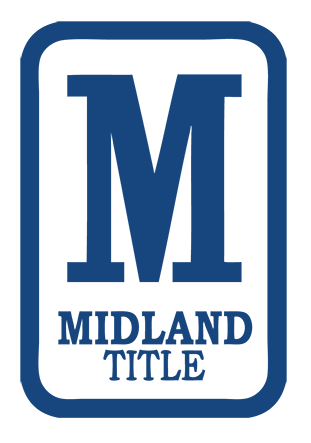What is a Fee Simple?
Think of a parcel of land not as a piece of dirt, but as a bundle of sticks, with each stick representing a specific interest in that land. One of the sticks is the right to actually be on the land, called the right of possession. Another stick entitles you to convey all or part of the land to someone else, this is the right of alienability or transfer. Another stick entitles your heirs to inherit the land on your death if you die without a will; this is the right of inheritance. Another stick entitles you to mortgage or put a lien on the property, and so on.
When one owner holds the whole bundle of sticks, that is historically called a “Fee Simple Estate”. A Fee Simple estate is generally what you think of when someone says they own a parcel of land. Fee Simple is also the highest and most valuable estate with respect to land. However, there are other estates that are also possible, and they may be held concurrently with the Fee Simple.
The next best estate in land is a Leasehold Estate. A Leasehold is created when the Fee Simple owner agrees to let someone else take possession of all or a part of the land for a specific term in return for payment. Leasehold estates can be created for months, years, or even centuries at a time; in fact it used to be common in England to grant 999-year leases, but for obvious reasons that practice is no longer popular. The creation of the leasehold estate begins when the Lessor (the owner of the fee simple in the land)and the Lessee (the person who wants possession of the land) agree on the length of time that the Lessee may have possession of the land, the periodic payments, or rent, that must be paid, and other conditions of the transfer of possession, such as the requirement that the Lessee take reasonable care of the property and not allow it to fall into disrepair. Generally, the Leasehold estate is created by a written document which outlines these factors, and specifically grants the Lessor the right to re-take possession upon a default. When a Leasehold Estate is created, the parties usually know and agree as to how the Lessee will use the property. There are leases like your typical residential lease, where a residence or apartment unit is rented for a term usually not exceeding one year, with rental payments structured on a monthly basis, and a conditional option to renew at the end of the original lease term, with all of these terms contained in a written Lease Agreement. Another type of lease is a Ground Lease, where the Lessor agrees to a long-term lease of vacant land to a developer who will build an improvement on the land, i.e., an office building, and that the Lessee/developer will own the improvements for the term of the lease, with the ownership of the improvements transferring to the Lessor at the end of the lease. The Lessor, who retains the ownership of the land under the improvements (Ground Lessor), will have very limited rights to the land during the lease, but in exchange, will have a very long stream of income during the term, and ownership of the improvements at the end.
Another estate in land is an Easement Estate. While all of us have heard of easements, and think we know what they are, there are certain idiosyncrasies that make easements a little tricky. An easement is a grant of a right of possession of a part of the land for a specific use. And while that sounds a little like a leasehold estate, it is different because generally easements do not carry periodic payments, but only a one-time payment for the purchase of the easement. Easements also do not generally have a term, but are granted for a period of “so long as.” For example, an easement can be a grant of a right to use a particular strip of land for an access easement “so long as” the grantee needs to use the strip to got to his property. There are different types of easements, such as utility easements, which allow utility companies to lay and maintain their service lines so long as the utility line is in place. There are avigation easements, which allow airplanes to fly low over property adjacent to airports. Drainage easements are granted (or sometimes required by a municipality) to allow the flow of waste or rain water over a certain part of the land in order to avoid flooding and damage to adjacent or downstream landowners. In most cases, easements are considered to be a burden on the land. But some easements, like an access easement, can be both a burden and a benefit. An access easement will be a burden on the land that it runs over, but it is a benefit to the adjoining landowner who needs it to get to his property.
Each of these estates, Fee Simple, Leasehold and Easement, are distinct enough to be insured in a title insurance policy. It is also sometimes possible to insure more than one type of estate at a time. For example, Mr. Smith may purchase a parcel of land in fee simple, (Parcel A,) but would need to acquire an access easement over a neighboring property in order to get to his land. In that case, the title company would insure Mr. Smith that he owns Parcel A as a fee simple, and would also insure Mr. Smith that, once the access easement has been properly created, he owns the access easement as a separate easement estate.
